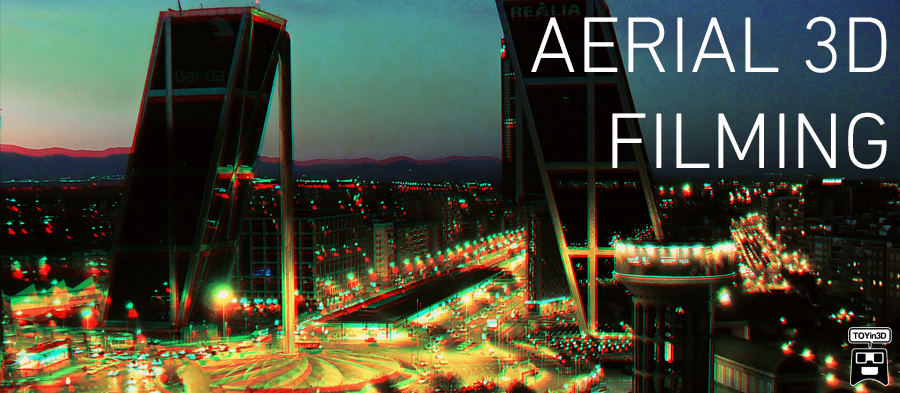After decades of interest and false starts, 3D is finally becoming a mainstream technology through gaming and video content. Not only will this have an impact on traditional home CE devices, but mobile devices as well. Mobile devices, however, require a much higher level of performance because the use of glasses may cause safety issues and 3D capture is likely to be as equally important as 3D viewing. As a result, there are three key aspects to providing a quality 3D experience in mobile devices—viewing, capturing, and processing 3D content.
The glasses-free requirement for mobile forces the use of autostereoscopy technology for the display. The most common forms of this include parallax barriers and lenticular lenses. Although both technologies direct the left and right eyes to only certain pixels in an interlaced image to achieve the 3D illusion, the market is quickly adopting parallax barriers as the preferred technology,because of cost and technology maturity.
For 3D capture, two or more image sensors and complex algorithms are required to capture the two images for the left and right eyes.
With current image sensors it is feasible to create very highresolution 3D images. However, lower resolution solutions are often being used to offset the additional cost and high data rates.Processing of 3D content is also a major factor. The current generation of mobile processors is capable of processing 3D content with average performance. However, competition in the market and the drive to 3D will enable the next generation of mobile processors to support even higher levels of 3D.
Despite the advances in the technology, adoption of 3D in mobile devices is still likely to be relatively slow due to limitations in content, the potential of eye strain and headaches from viewing 3D content by some, and the additional cost for 3D content and devices. Although 3D has been around for decades, the technology is new and advanced. And, as with any new technology, adoption will increase as the ecosystem matures and costs come down, which is likely to be in the 2013 to 2015 timeframe. The initial devices that will lead 3D adoption will be those aimed at consuming the 3D content that is now or rapidly becoming available. These include handheld game consoles, smartphones, and tablets. The impact of 3D will be most notable in image sensors, which are poised to increase more than XX% during the forecast period.
Report Summary
Unlike other 3D solutions, such as movie theaters, TVs, and even PCs, which are primarily targeted at image viewing, mobile devices are also concerned with image capture. Whether the devices are dedicated devices like digital camcorders or multifunction devices like smartphones, 3D capture is likely to become equally as important as 3D viewing, and a critical point of differentiation for device OEMs. This raises the bar for mobile devices both in terms of the hardware configuration and the performance expectations.
This report analyzes the challenges and opportunities for 3D technology in mobile devices and what it means for the underlying technologies, image sensors, mobile processors, and displays, as well as the potential impact on costs and other technologies in the mobile market. The report looks at the implementation of 3D in mobile PCs, handheld game consoles, digital cameras, digital camcorders, tablets, and smartphones.
SOURCE:



























